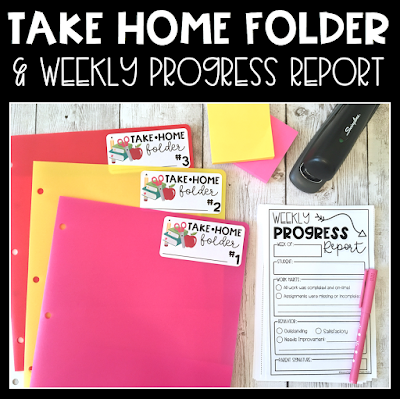Teachers who focus on learner development when planning and instructing their classroom will regularly take students’ diversity both in culture and learning habits into consideration. Altering the classroom and the instruction of content material according to the students’ needs and interests is critical in achieving higher standards and growth from students. Three strategies for incorporating learner development in the classroom are increased one-on-one time between student and teacher, strategic use of aids in the classroom, and consistent communications between teachers and parents of students.
Small-Group Instruction
Increased one-on-one time between the student and teacher is critical when  assessing where a student is at in any given content area. One way to achieve this in the classroom is by having students rotate between small groups during math or language classes. In one small group station, students would meet with the teacher to engage in direct instruction, scaffolding, and guided practice. This scenario allows all students a chance to work with
assessing where a student is at in any given content area. One way to achieve this in the classroom is by having students rotate between small groups during math or language classes. In one small group station, students would meet with the teacher to engage in direct instruction, scaffolding, and guided practice. This scenario allows all students a chance to work with
the teacher one-on-one and ask questions based on their development. Teachers who can check in with students daily will be able to effectively direct instruction of content in a way that suits student development best.
Use of Staff Supports

The use of aids, such as instructional assistants or special education teachers, is beneficial to student achievement because they allow for increased instruction, scaffolding, and guided practice. Special education teachers who work in the classroom during small group time or independent work time can assist in working with students who require extra help on the material. Allowing another educator in the classroom to talk with students will also allow for a more in-depth analysis of any learner’s development, which can lead to better future instruction.
Communication with Home

Parents/guardians of students have knowledge of students that teachers may never learn if there is a lack of communication between the two parties.
Communicating with parents consistently is critical in understanding how students learn and what their needs are for growing academically. Having good communication with parents can include newsletters home about what content will be taught that week in class, emails or calls about students’ behavior in the classroom, and being open to opportunities for in-person parent-teacher meetings. The communication between teachers and parents will significantly increase both parties’ understanding of students’ development, and therefore increase the effectiveness of further instruction.
